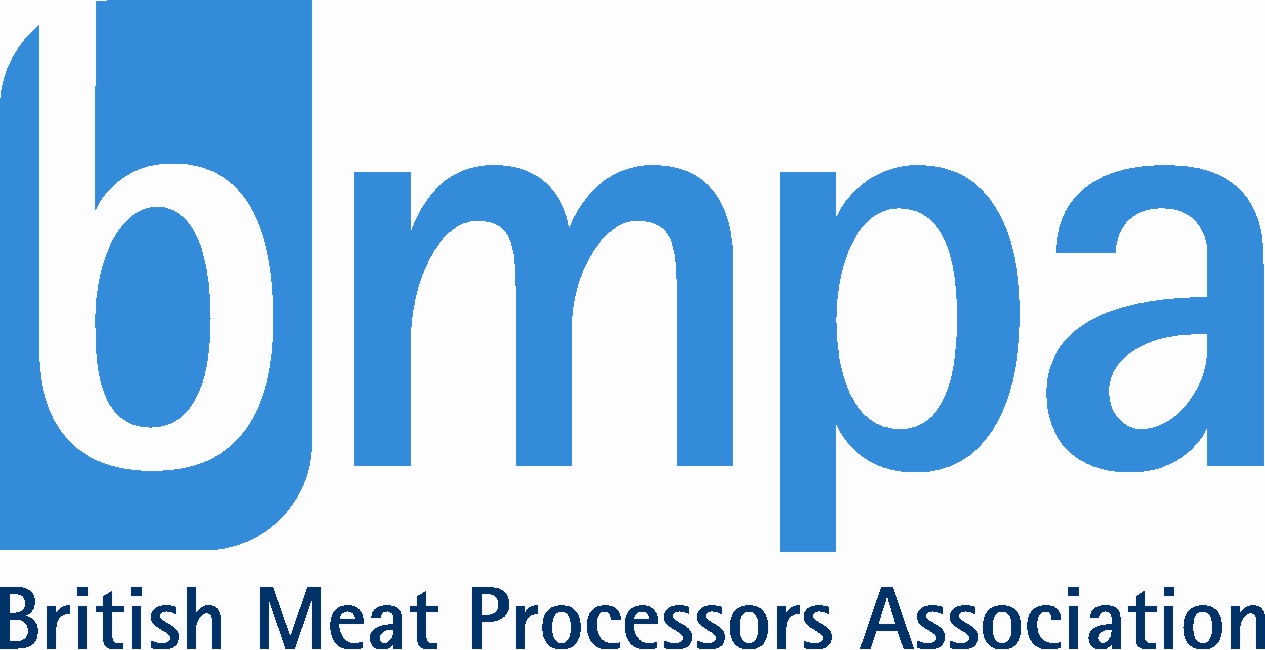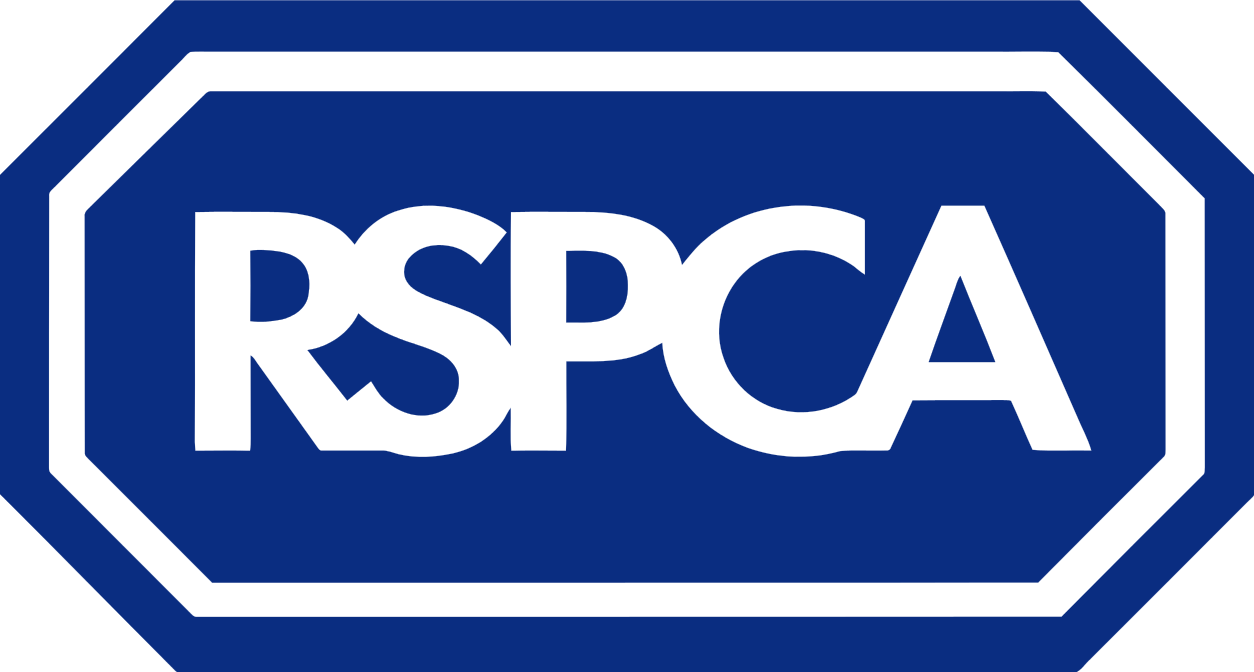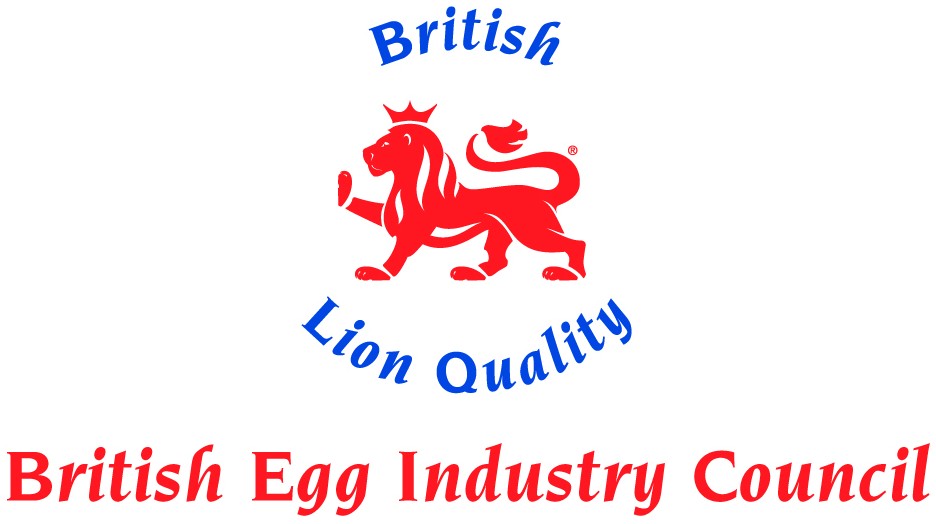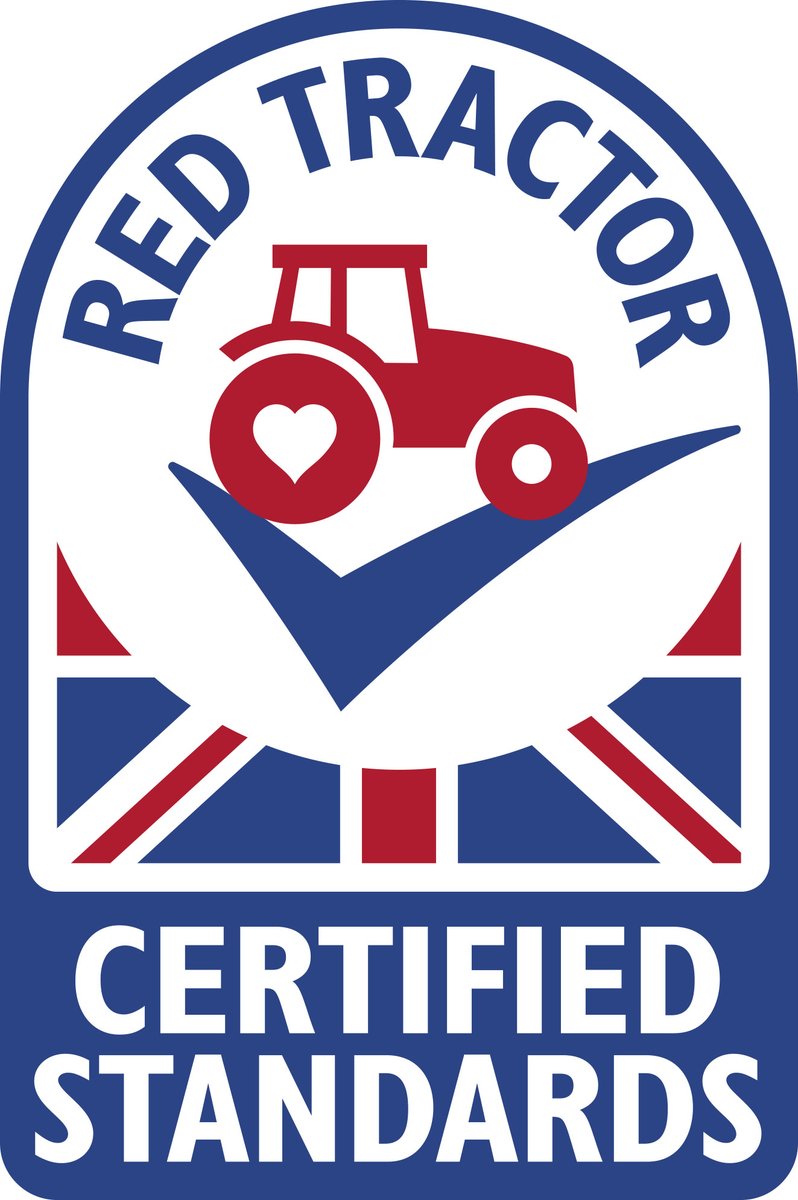Antibiotics
One Health Strategy for AMR
As part of a ‘One Health’ strategy for tackling AMR in people, animals and the environment, the medical and veterinary professions have been tasked with reducing unnecessary and inappropriate prescriptions of antibiotics.
While the responsible use of antibiotics is vital, retaining access to antibiotics to treat disease in farm animals is essential to safeguard animal health & welfare as well as food safety.
Resistant bacteria are all around us
We find bacteria on almost all surfaces, at work and at home. Studies have found them everywhere from computers keyboards to make-up bags and on public transport. In farming, they are on plants and animals, around large and small farms, in organic and conventional produce, and in pets and horses. Some bacteria are naturally resistant to certain types of antibiotics while some adapt their genetic make up to become resistant to antibiotics. Some resistance occurs without human action, generally involving a low-level of natural selection for resistance to antibiotics. Resistant bacteria millions of years old have been found in the ice caps and in the frozen remains of woolly mammoths.
However, the current higher-levels of antibiotic-resistant bacteria are attributed to the way society has increased the use of antibiotics in all forms of healthcare over the second half of the 20th century.
Antibiotics are rarely found in food
The use of veterinary medicines – including antibiotics – can sometimes result in low concentrations of the medicine being present within the animal’s system for a period of time. This is usually at a low level – measured in parts per million. Strict withdrawal periods are stipulated for each licensed medicine. These are based on rigorous testing regimes, and give time for medicines to be excreted from the animal or fall to a level that will not cause any adverse reaction in humans should they be eaten. This means medicines must have almost entirely left the animal body by the time meat or milk can enter the food chain.
Preventative treatment is sometimes the best course of action
Just as humans get ill, animals can too. Even with the best health and welfare standards in place, sometimes disease outbreaks can occur and treatment interventions may be required to prevent the outbreak and further spread of disease in infected or carrier animals.
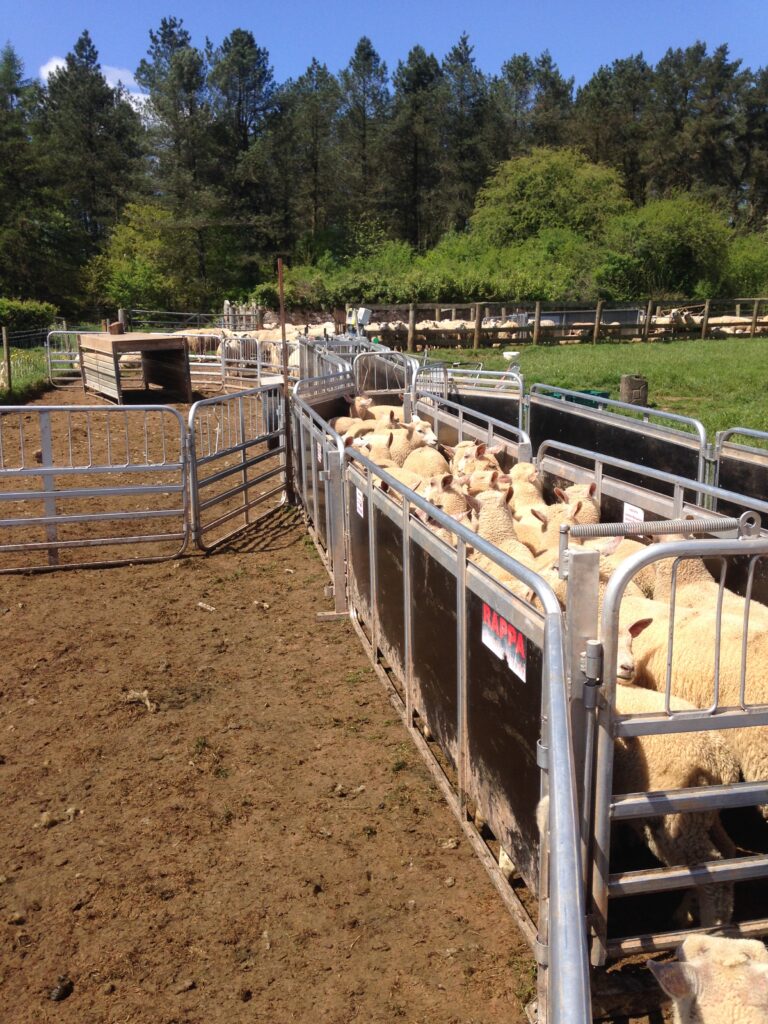
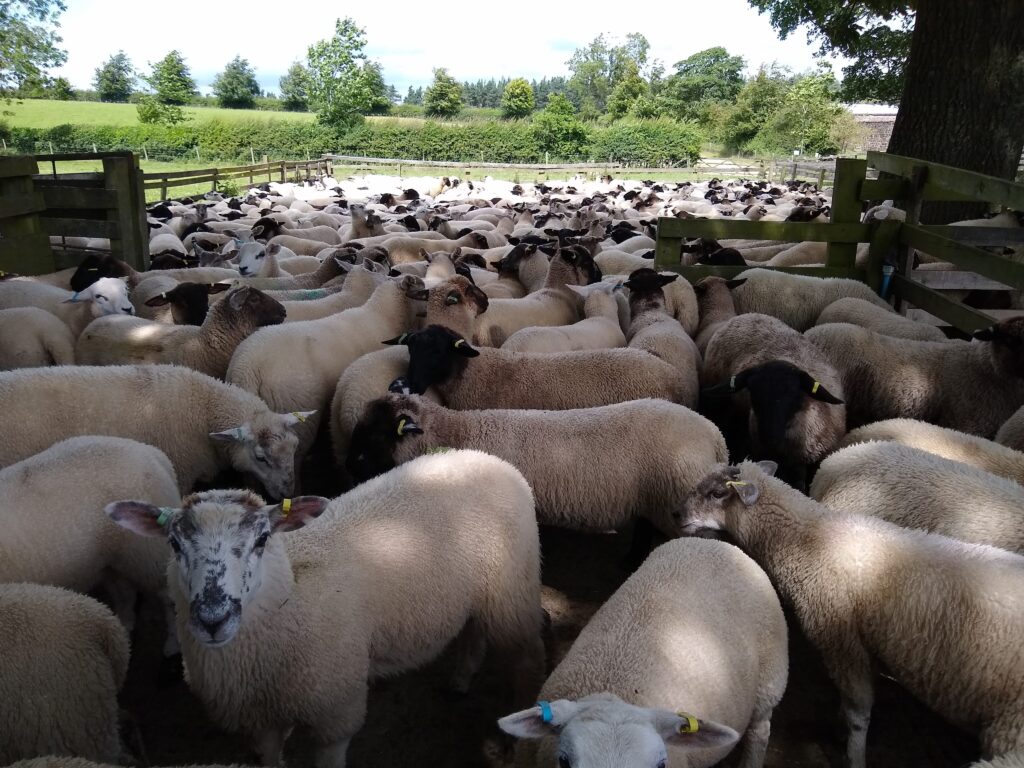
Below are a range of guidelines
SIGN UP TO THE MONTHLY E-NEWLSETTER FROM RUMA
RUMA Members


